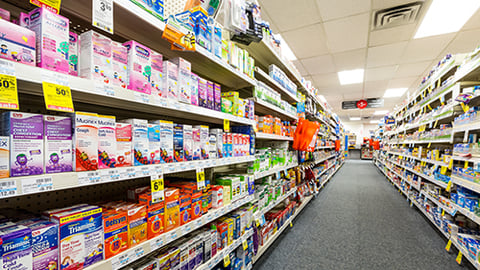Pharmacy Deliveries Get Pandemic Update
The COVID-19 outbreak has placed more attention on all types of deliveries from food retailers — and that includes prescription medications sold by grocery stores and supermarkets. Now industry groups have issued new guidance for best practices regarding documentation of those signature-free pharmaceutical deliveries.
The new best practices list comes from the Food Industry Association, the National Association of Chain Drug Stores (NACDS), the National Community Pharmacists Association (NCPA), the National Grocers Association (NGA), and the Pharmaceutical Care Management Association (PCMA).
“These best practices are intended to provide clarity so that consumers can feel confident in not having to physically sign for their prescriptions and to address pharmacy concerns about proper documentation for future audits,” the groups said.
They recommend that at least one of the following steps below be taken so that deliveries don’t run afoul of regulations or increase the risk of failing an audit. The differences involve the use of the phrases centered on “COVID.”
- Putting the delivery date and time — and the phrase “COVID delivery” — in the signature line.
- Putting the delivery date and time — and the phrase “COVID” — in the signature line.
- Putting the delivery date and time — and the phrase “COVID-19” — in the signature line.
“On behalf of the over 3,000 independent grocery pharmacies across the country, the National Grocers Association is committed to working with a coalition of stakeholders to protect the health of patients and provide transparency for pharmacies as they continue to serve their communities during this COVID-19 pandemic,” said Greg Ferrara, president and CEO of the NGA, based in Arlington, Va. “NGA is encouraged by these best practices, and we hope that continued collaboration with all organizations involved will lead to better outcomes for patients.”





